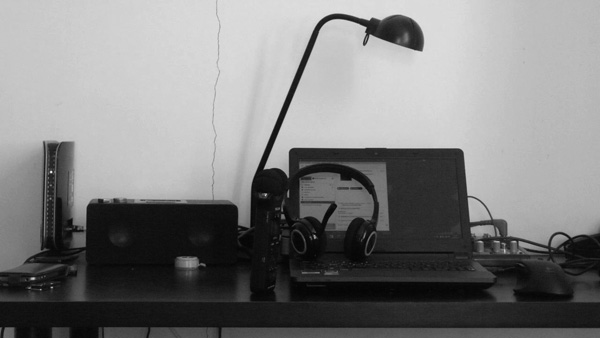The art system is based on a neoliberal economic basis.
Interviewee: Grant Kester
Kester: All right, I would frame my response to that question in the context of the commercial market for buying and selling contemporary art, which has expanded dramatically in the last decade. It’s a multi-billion dollar a year market and contemporary art, specifically by blue-chip artists, is seen as one of the most reliable investments. You’ve got a whole class of newly rich people around the world, as a result of the increasingly unequal distribution of wealth globally, and they have a lot of liquid capital that they want to invest. Contemporary art is increasingly becoming a ‘go to investment’ for these people. So much of the art world, especially the art world that is concerned with contemporary art, is sustained by the buying and selling of art. And there is, not surprisingly, a very strong desire among the curators, historians and critics whose professional identities are largely dependent on this world, to believe that the work they discuss retains some subversive, critical or antagonistic charge, while any work that seeks to operate outside of, or challenge, the ideological and institutional protocols of this world is naïve, politically misguided or sentimental. It’s hard to overestimate the pervasive influence the market now has on galleries, curators, consultants and advisors, and in many cases, critics, historians and theorists. It’s unlikely that individuals who are invested in the world of biennials, art fairs, and blue chip galleries and museums will have much more than a token interest in art practices that are directly critical of neo-liberalism at anything other than a symbolic level.
